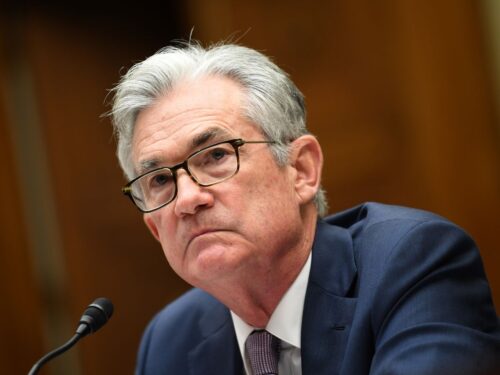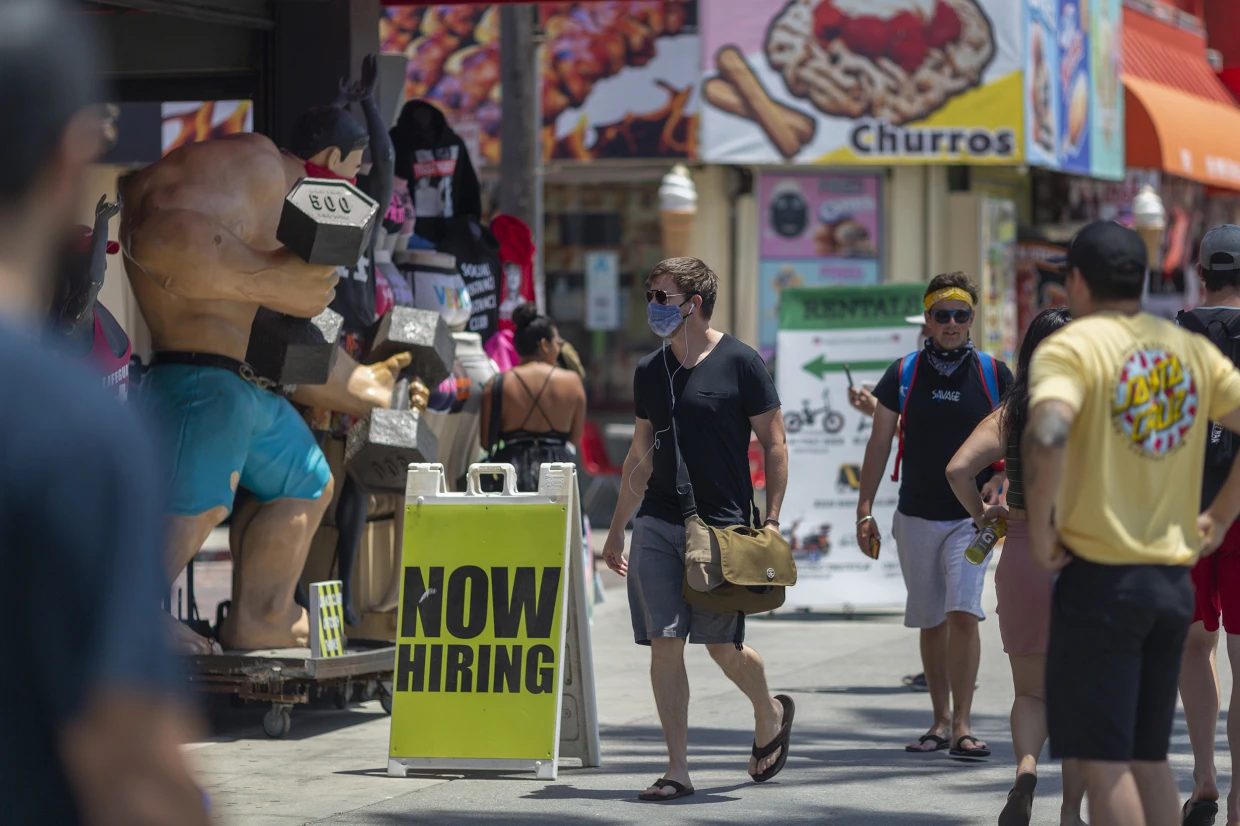US employers hired more workers than expected in August, but moderate wage growth and a rise in the unemployment rate to 3.7% could ease pressure on the Federal Reserve to deliver a third 75 basis point interest rate hike this month.
The Labor Department’s closely-watched employment report yesterday (Sept 2) also showed a dip in the average workweek. The increase in the unemployment rate came as more than 700,000 entered the labour market, pushing the size of the labour force to a record high.
The overall strength in the labour market underscores the economy’s resilience, despite the front-loading of rate hikes by the US central bank that have raised the risk of a recession.
Federal Reserve Chair Jerome Powell last week warned Americans of a painful period of slow economic growth and possibly rising unemployment as the central bank aggressively tightens monetary policy to quell inflation.

“This gradual cooling off of the overheated labour market may be just what the US economy needs to help ease inflation pressure,” said Eric Merlis, managing director and co-head of global markets at Citizens.
“The Fed should be encouraged by the increased labour force participation rate and the one-tenth drop in hourly earnings.”
The survey of establishments showed nonfarm payrolls increased by 315,000 jobs last month. Data for July was revised slightly down to show payrolls surging 526,000, instead of 528,000 as previously reported.
August marked the 20th straight month of job growth. Employment is now 240,000 jobs above its pre-pandemic level.
Economists polled by Reuters had forecast payrolls increasing 300,000, with estimates ranging from as low as 75,000 to as high as 450,000.
The broad increase in hiring last month was led by the professional and business services industry, which added 68,000 jobs. Healthcare payrolls increased by 48,000 jobs.
Employment in the retail trade sector rose by 44,000 jobs, while manufacturing added 22,000 positions. Leisure and hospitality payrolls increased by 31,000, slowing sharply from an average of 90,000 per month in the first seven months of the year.
Employment in the leisure and hospitality industry remains 1.2 mil jobs below its pre-pandemic level.
US stocks have opened higher. The dollar slipped against a basket of currencies. US Treasury prices were mixed.
“Strong household details”
Details of the household survey from which the unemployment rate is derived were strong.

While the unemployment rate increased to 3.7% from a pre-pandemic low of 3.5% in July, that was because 786,000 people entered the labour force. The biggest increase since January put the workforce back at a record size, topping the previous high in December 2019.
As a result, the labour force participation rate, or the proportion of working-age Americans who have a job or are looking for one, increased to 62.4% from 62.1% in July. It remains one percentage point below its pre-pandemic level.
The Federal Reserve has twice raised its policy rate by three-quarters of a percentage point, in June and July. Since March, it has lifted that rate from near zero to its current range of 2.25% to 2.50%.
Financial markets are pricing a roughly 64% probability of a 75 basis points increase at the Fed’s Sept 20-21 policy meeting, according to CME’s FedWatch Tool.
August consumer price data due mid-month will also be a major factor in determining the size of the next rate increase.
Despite rising recession risks, the labour market continues to chart its own path. There were 11.2 mil job openings on the last day of July, with two job openings for every unemployed person. First-time applications for unemployment benefits are running very low by historical standards.
With the labour pool increasing, wage growth is slowing.
Average hourly earnings rose 0.3% in August, after increasing 0.5% in July. That kept the annual increase in wages at 5.2% in August.
Strong wage gains are keeping the income side of the economic growth ledger expanding, though at a moderate pace, and a recession, at bay, for now.
Average hourly earnings dipped to 34.5 hours from 34.6 hours in July. That could be a potential sign that businesses are starting to reduce hours for workers because of the economic uncertainty. – Sept 3, 2022
Main photo credit: Getty Images









